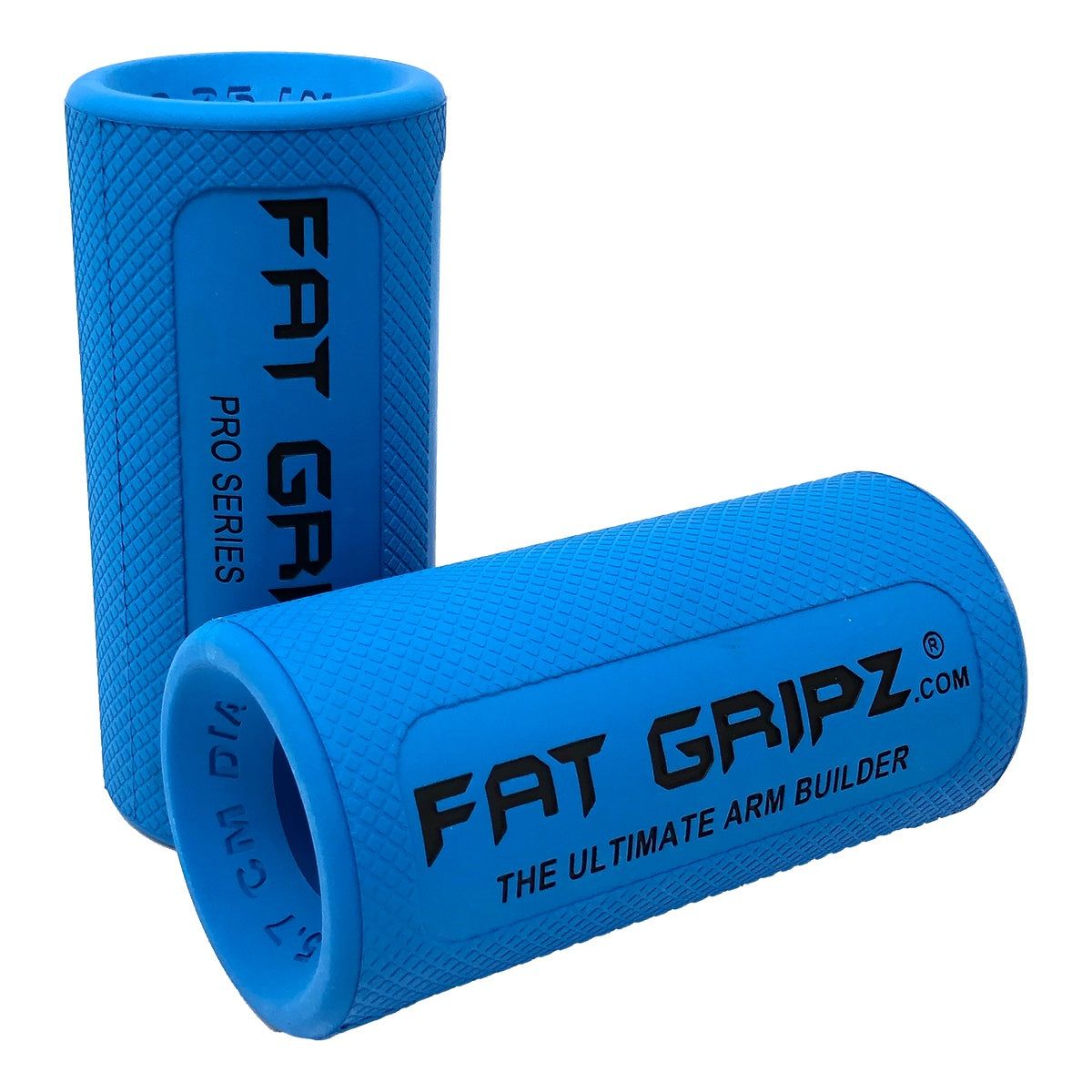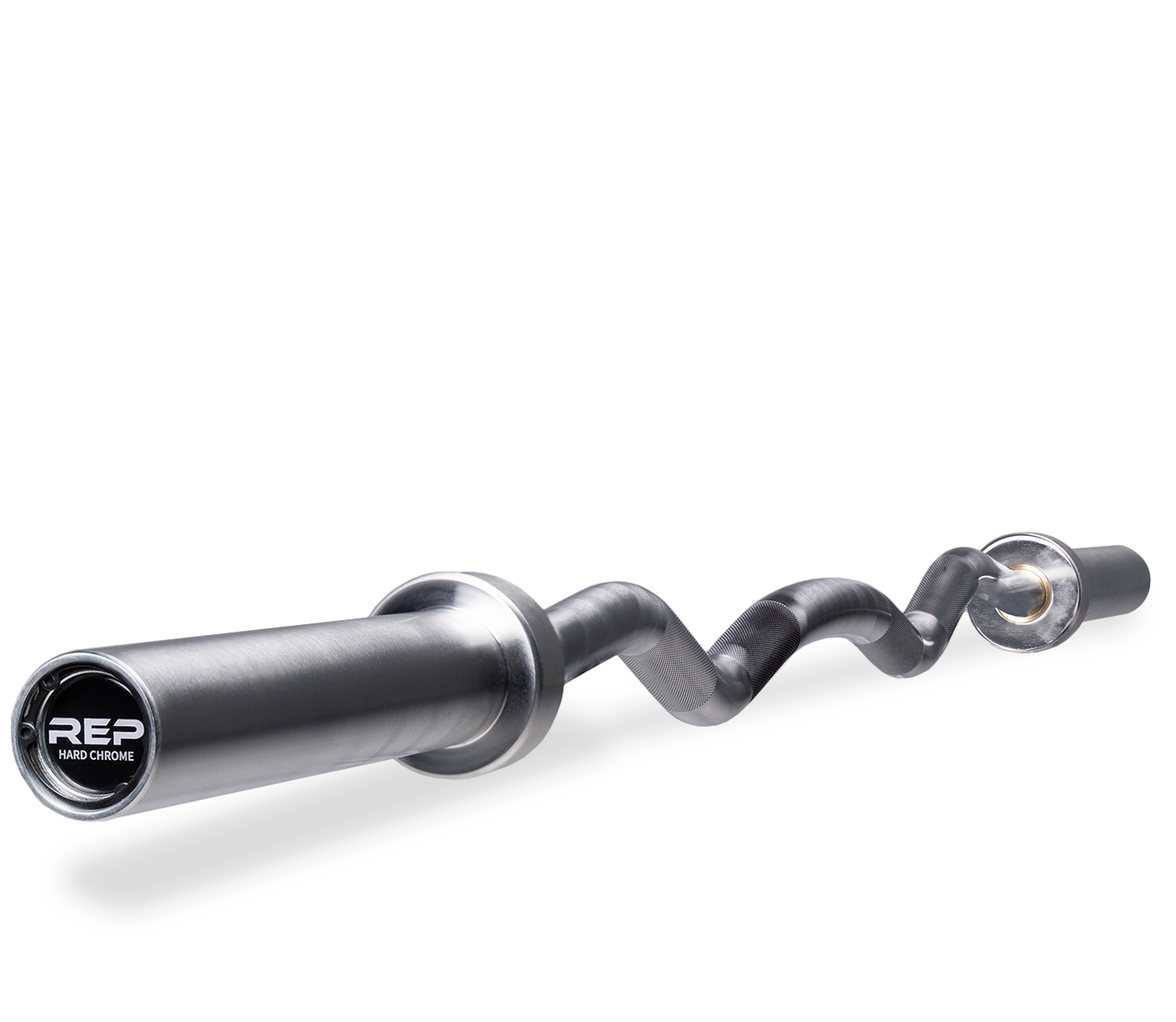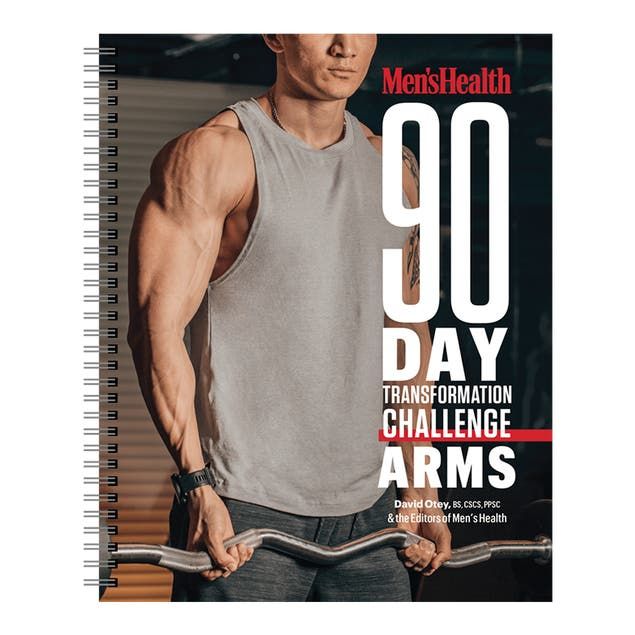SPEND TWO MINUTES ON Instagram or TikTok and you’ll see all kinds of #BigArms training tactics. Not all actually work, of course.
Experts do agree, however, that arm training has evolved. A decade ago, you’d simply do curls, curls, and more curls. But today’s top trainers now prioritize a range of exercises that target the biceps and triceps from different angles and emphasize time under tension, and they recommend more total-body work than you may expect—yes, to build thick, 3D arms.
These best practices set you up for gains that also beef up your grip for other exercises and give you greater endurance for moving day. It all starts with understanding the answers to the following five questions.
1. What’s Changed About Arm Training?
The classic biceps curl can always be a staple of your arm training. But if you truly want big, strong arms, consider those curls (and many other arm moves) a side dish.
Your entrée: big lifts. “Major exercises, like bench presses, pullups, and rows, will play a huge role in building your arms,” says David Otey, C.S.C.S., an MH advisor and the author of the just-released book 90-Day Transformation Challenge: Arms. “Lifting heavy helps push your body to grow. That doesn’t happen often when you only train arms.”
Think about it: You might row a 60-pound dumbbell. You likely won’t curl that same weight, in part because you can’t recruit as many muscles to assist in the lift. So if you really want bigger biceps and triceps, make sure to do 4 sets of dumbbell or barbell rows at least twice a week, and do dumbbell bench presses at least once a week.
2. What’s the Purpose of Isolation Exercises?
Isolation exercises like biceps curls and triceps pressdowns focus on one muscle—and the above guidance makes it sound like we’re telling you to quit doing them. That’s not the case. They’re great for mind-muscle connection.
Very often when people do an exercise, they simply lift the weight, going through the motion of the exercise. But building arm strength requires you to concentrate on contracting the muscles you’re aiming to train—in particular your biceps and triceps. “That’s not easy to do on those heavyweight motions,” says Ebenezer Samuel, C.S.C.S., MH’s fitness director. “But during targeted motions, you can go lighter and focus on the contraction.”
To enhance that connection, says Samuel, you should incorporate mid-rep pauses into your arm exercises. Imagine curling a pair of dumbbells to your chest. As you lower the weights, pause for 2 seconds once your forearms are parallel to the floor. Do 3 sets of 8 to 10 reps. “You’re teaching yourself to squeeze your biceps,” says Samuel. That can help you use your biceps more effectively on exercises like pullups and rows, setting the stage for even more gains. Aim to do them at least once a week.
3. How Often Should I Be Training Arms?
You can actually train them more frequently than you think. Most large body parts, like your lats or your legs, require days to recover between sessions, in part because you’re moving your heaviest weights. That taxes your central nervous system and your whole body. Since you’re using lighter weights on most arm exercises, you can insert them into your workouts more often. “You can do arm exercises 3 or 4 times a week,” says Otey.
That doesn’t mean doing a full arm workout, though. Instead, plan to do 1 or 2 arm exercises at the end of each workout, after you’ve done other, more taxing moves. “Think of 3 sets of curls on the days you train back and 3 sets of skullcrushers or pressdowns on days you train chest,” says Samuel.
4. Should I Still Do Some Basic Curls and Pressdowns?
Nope. That’s where arm training has become more nuanced. Research has shown that different arm muscles are activated best when challenged at different moments in the curl. Challenging every muscle in your arms (a key for well-rounded growth) means changing angles frequently. So at least once a week, do a biceps exercise, like a preacher curl, that has your elbow out in front of your torso. Even changing your grip helps.
So make sure to include both hammer curls, which have your palms facing each other as you curl, and biceps curls, which have your palms rotating up toward the ceiling, in your regimen.
Also, be sure to do an exercise for your triceps that has your upper arms overhead, like an overhead extension; it’s crucial for developing the long head of the triceps, says muscle researcher and MH advisor Brad Schoenfeld, C.S.C.S.
5. Forearms? Do I Need to Train Them?
Yes—and this just may be a missing element in your training. “Forearm-specific training might be one of the most underrated aspects of body-part training,” says Otey. “You need strength through your inner forearm in order to squeeze your pinkie hard around a dumbbell.”
That squeeze is key to helping your forearms rotate your palms toward the ceiling as you curl—and this act, called supination, is a critical function of your biceps. You can train your forearms easily, too. Otey suggests holding heavy objects with awkward grips (think large stones or oddly weighted plates).
Samuel also has a simple forearm-focused curl: Stand holding dumbbells at your sides. Curl up, keeping your palms facing each other, then lower until your forearms are parallel to the floor. Pause and twist your palms toward the ceiling, then back to neutral. Do 3 sets of 10 to 12.
3 Tools to Help Your Arm Training
Need help growing your arms? Try these three tools.
Fat Gripz
Rubber grips that instantly make dumbbells thicker, forcing your forearms to squeeze harder on every rep.
Rep Fitness EZ Curl Bar
It allows you to curl with subtly different levels of forearm rotation, stimulating the biceps from different angles.
90-Day Transformation Challenge: Arms
MH’s three-month plan delivers a daily workout to strengthen biceps, triceps, forearms, and shoulders.
This story originally appears in the March 2023 issue of Men’s Health.
Milo Bryant, CSCS, is a California-based trainer and an award-winning journalist.





Comments are closed.